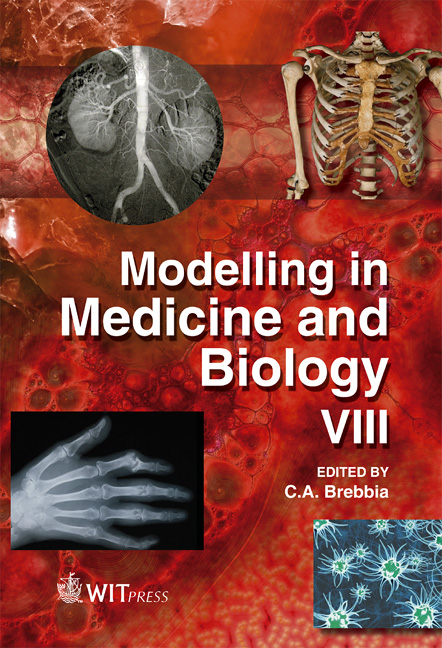Modelling Of Flow Through The Circle Of Willis And Cerebral Vasculature
Price
Free (open access)
Transaction
Volume
13
Pages
10
Page Range
83 - 92
Published
2009
Size
915 kb
Paper DOI
10.2495/BIO090081
Copyright
WIT Press
Author(s)
I. D. Šutalo, A. Bui, S. Ahmed, K. Liffman & R. Manasseh
Abstract
The blood flow through the circle of Willis was modelled by coupling a Computational Fluid Dynamics (CFD) model of the circle of Willis with a branching tree model of the cerebral vasculature. The cerebral small vascular networks, which often cannot be accurately obtained by medical imaging, were modelled using a branching tree fractal model that accurately simulated the cerebral vasculature geometries and flow. This provided realistic mass flow boundary conditions for the outlet arteries of the circle of Willis. CFD was used to model the three-dimensional transient flow through a simplified and a patient-specific circle of Willis. The patient specific geometry was obtained directly from Computed Tomography (CT) images. A pipe network model was also used to predict the flow through the simplified circle of Willis and the predictions for the flow rates were within 4% of the CFD predictions. The coupled CFD and branching tree model provided useful insight into the variation of the flow through the circle of Willis. Keywords: circle of Willis, cerebral hemodynamics, computational fluid dynamics, cerebral circulation, carotid arteries, numerical models.
Keywords
circle of Willis, cerebral hemodynamics, computational fluid dynamics, cerebral circulation, carotid arteries, numerical models.





